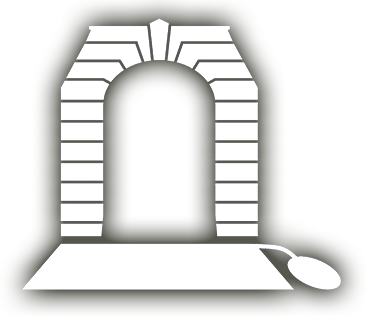
3585
WARHURST, Alfred
| Service Number: | 3519 |
|---|---|
| Enlisted: | Not yet discovered |
| Last Rank: | Private |
| Last Unit: | 10th Infantry Battalion |
| Born: | Leeds, Lanchashire, England, date not yet discovered |
| Home Town: | Glen Osmond, Burnside, South Australia |
| Schooling: | Not yet discovered |
| Occupation: | FITTER & TURNER |
| Died: | Circumstances of death not yet discovered |
| Cemetery: |
West Terrace Cemetery (AIF Section) Section: KO, Road: 22, Site No: 52 |
| Memorials: | Glen Osmond St Saviour's Anglican Church Memorial Stained Glass Windows & Plaques |
World War 1 Service
| 27 Oct 1915: | Involvement Private, 3519, 10th Infantry Battalion, --- :embarkation_roll: roll_number: '10' embarkation_place: Adelaide embarkation_ship: HMAT Benalla embarkation_ship_number: A24 public_note: '' | |
|---|---|---|
| 27 Oct 1915: | Embarked Private, 3519, 10th Infantry Battalion, HMAT Benalla, Adelaide | |
| Date unknown: | Wounded 3519, 11th Infantry Battalion |
Help us honour Alfred Warhurst's service by contributing information, stories, and images so that they can be preserved for future generations.
Add my storyBiography contributed by St Ignatius' College
Alfred Warhurst was a young man born in Leeds, England but moved to Glen Osmond, South Australia. Before enlisting Alfred worked as a Fitter and Turner which worked with machines. Warhurst enlisted to the Australian Imperial Force on August 14th, 1915, at Keswick, South Australia, at only 19 years old and was recruited to the 11th Battalion. His mother Margaret Warhurst was listed as his next of kin.
Alfred’s first destination after leaving Australia was Egypt. Many Australian troops were transported there by battleships to train for the war before being deployed for battle. When he was in Egypt, Alfred and his fellow soldiers trained near the Great Pyramid of Giza, and even took a photo sitting on the side of it.
Alfred went to the Western front and fought in battles, such as the Battle of Pozieres. The village of Pozieres was located on a ridge overlooking the Somme Valley and was a strategic important point because it allowed the Allies to gain a high ground watching point for artillery observation because they could overlook the German lines while hiding their own positions from the enemy (ABC News 2024). The battle had intense bombardment, reducing the village to nothing but rubble. In the end our allies managed to capture Pozieres, but with a cost of over 23,000 Australians being either killed or wounded during the battle (Pozières | Australian War Memorial 2021).
He was transferred to the Regimental Band and proceeded to 3rd the Brigade Headquarters 13th December 1916. he remained with the band until 28th November 1917 when he returned to his unit taken on strength again with the 10th Battalion. He was transferred to the 11th Battalion 12th December 1917.
Warhurst became ill in August 1918 with appendicitis. He was evacuated to a Casualty Clearning Station and then ended up in hospital in England. After treatment at Dudley Rd Hospital he was transferred to the 1st Australian Auxiliary Hospital at Harefield to convalesce. After recovery he was moved to No 2 Command Depot at Weymouth where he remained until the war's end.
Alfred Warhurst survived the war and returned to Australia. Alfred died on December 4th, 1954, at the age of 67 and was buried at the West Terrace Cemetery in Adelaide.









